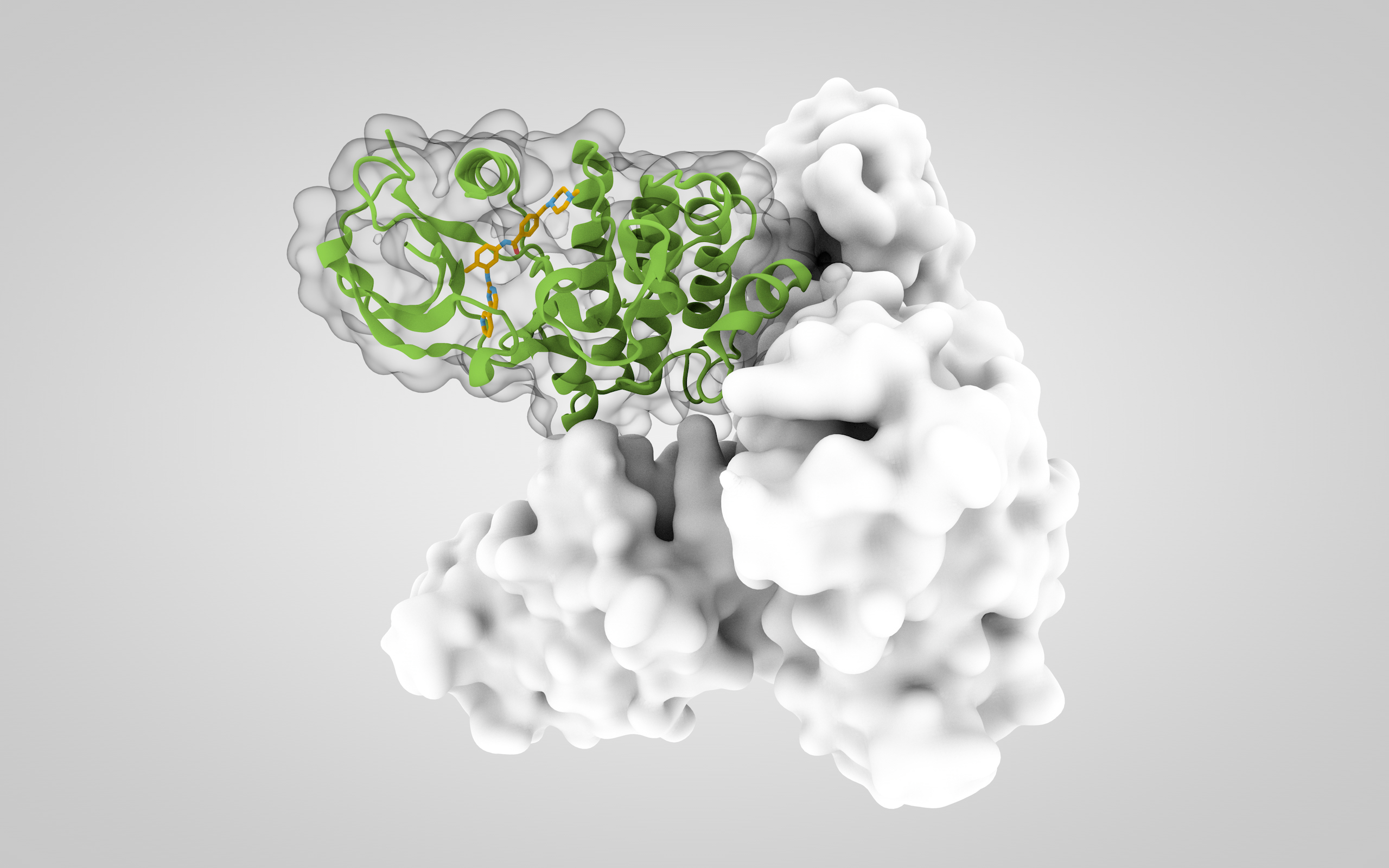FA Study Finds Frataxin Levels in Cells Unaffected by Interventions

Pfizer has published a study with potentially important implications for future therapeutic targets to treat Friedreich’s ataxia (FA). The study, titled “Perturbation of cellular proteostasis networks identifies pathways that modulate precursor and intermediate but not mature levels of frataxin,” was conducted through Pfizer’s Rare Disease Research Unit and published in Nature’s Scientific Reports.
Through its Rare Disease Research Unit (RDRU), a division of Pfizer’s Worldwide Research and Development Center, the company is collaborating with academic and commercial enterprises to develop new medicines and therapeutics. FA is a rare inherited disorder caused by defects in the frataxin (FXN) gene. The pathophysiology of the resultant frataxin protein, which contributes to disease progression, was the target of this study.
Researchers used laboratory techniques such as Western blotting and immunoprecipitation for cell lines and FA patient-derived cells to understand how the ubiquitin proteasome pathway (UPP), a primary mechanism for protein degradation in mammalian cells, affects the production of abnormal frataxin.
The results showed that even though UPP and other protein degradation modulators within the cells had variable effects on FXN, the pathways cannot be modulated through chemical interventions to significantly influence a cell’s level of frataxin. This finding was confirmed when the data showed that chemical and genetic modifiers did not have a varying effect in patient cells containing lower amounts of FXN. An interesting finding was that many of the modifiers used did change the total amount of frataxin within the cells, but not the levels of the fully mature protein. This is an important discovery because it allows scientists to focus future research not on the exact levels of frataxin within cells — these results show this is not a significant contributing factor — but on other factors associated with the disease.
“Our data indicate that processing of FXN is a sensitive process which can be modulated by chemical and genetic perturbations of proteostasis. Changes in total FXN are driven by changes in the precursor FXN (pFXN) and intermediate FXN (iFNX) forms whose functions and abundance in tissues is unclear. It is important to note that commercial FXN quantification kits measure total FXN levels using antibodies that target epitopes in mature FXN (mFNX), which are shared with pFXN and iFXN,” the authors wrote.
As for the potential of new therapeutic targets, the authors conclude, “In the context of FRDA drug discovery, an increase in total FXN levels induced by small molecule treatment does not necessarily imply elevated levels of mFXN. While a substantial body of evidence shows that mFXN is functional, it remains unclear whether iFXN is simply a processing intermediate or whether it shares functions with mFXN.”






